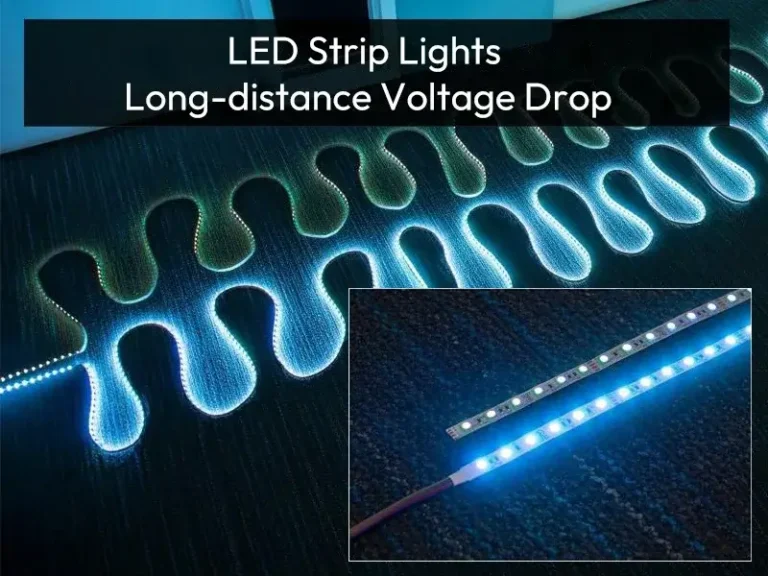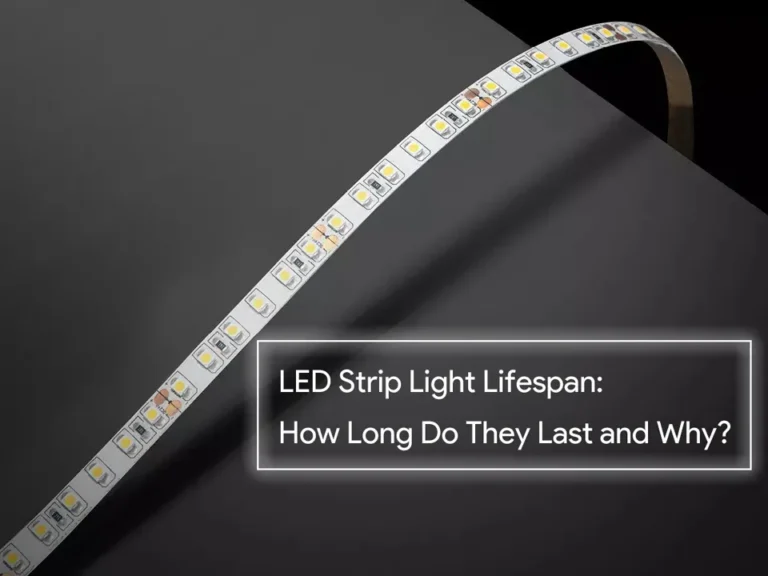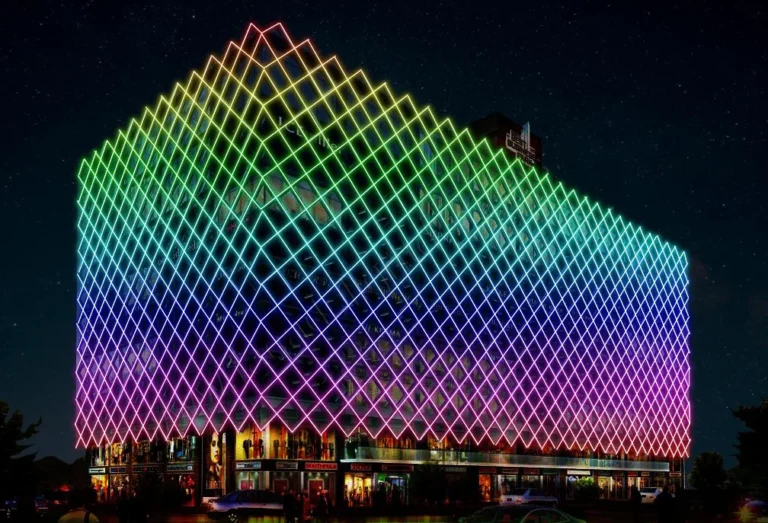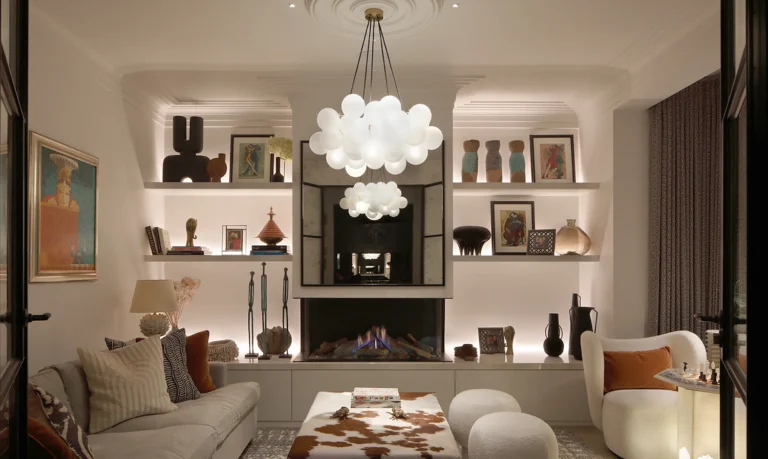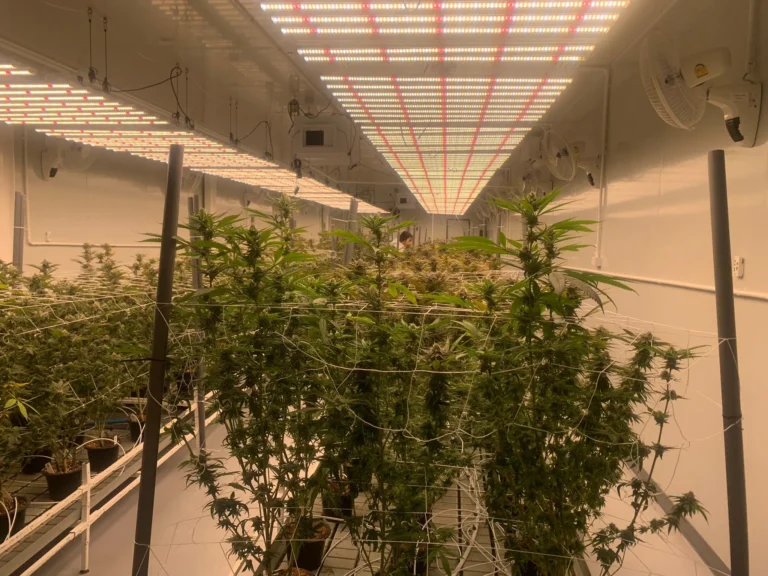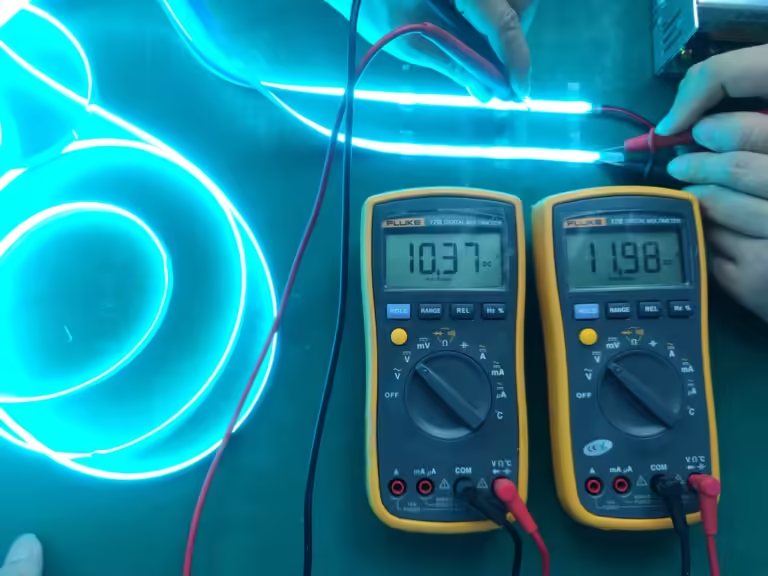Le luci al neon a LED sono ampiamente utilizzate nell'illuminazione architettonica, nella decorazione commerciale e nei progetti di segnaletica grazie alla loro flessibilità e al vibrante impatto visivo. Tuttavia, quando le dimensioni effettive del neon differiscono significativamente dalle specifiche nominali, può creare seri problemi di installazione. Questo problema diventa ancora più critico nei progetti in cui i client preparano gli slot di installazione rigorosamente in base alle dimensioni specificate. Una mancata corrispondenza di pochi millimetri può portare a un adattamento scadente, lacune visibili o persino incompatibilità strutturale. Per questo motivo, la tolleranza all'estrusione, la variazione dimensionale inerente al processo di estrusione, gioca un ruolo cruciale nel garantire la coerenza del prodotto e l'installazione senza interruzioni nelle applicazioni professionali a LED al neon.
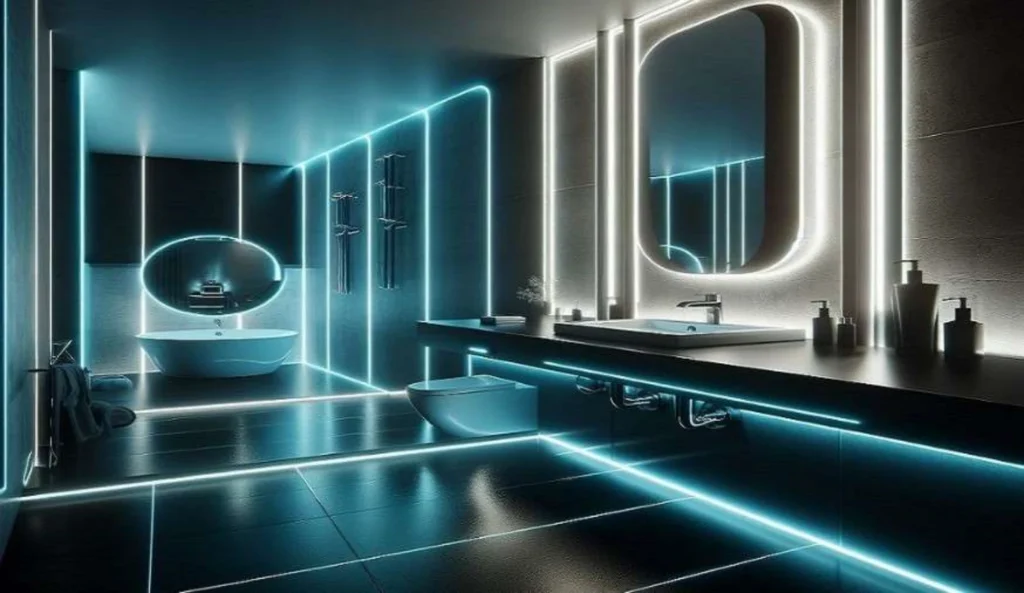
Perché le luci al neon a LED hanno tolleranze dimensionali?
Proprietà del materiale
il fattore più fondamentale che influenza la tolleranza dimensionale in Luci al neon a LED è la materia prima. I profili al neon flessibili sono in genere realizzati in silicone o PVC, entrambi soggetti a dilatazione e contrazione termica. Anche lievi variazioni di temperatura durante la produzione o successivamente nell'applicazione possono causare variazioni di larghezza, altezza o curvatura dell'estrusione. Le differenze nella durezza del materiale o nella formulazione tra i lotti possono anche portare a dimensioni incoerenti, rendendo la stabilità del materiale un elemento critico nel controllo della tolleranza.
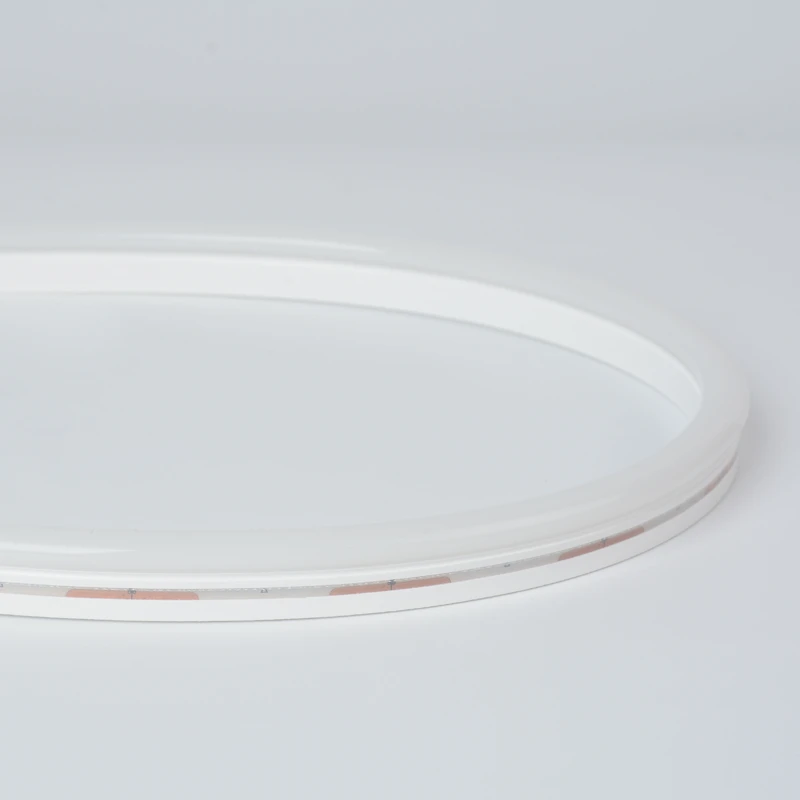
Luce al neon in silicone
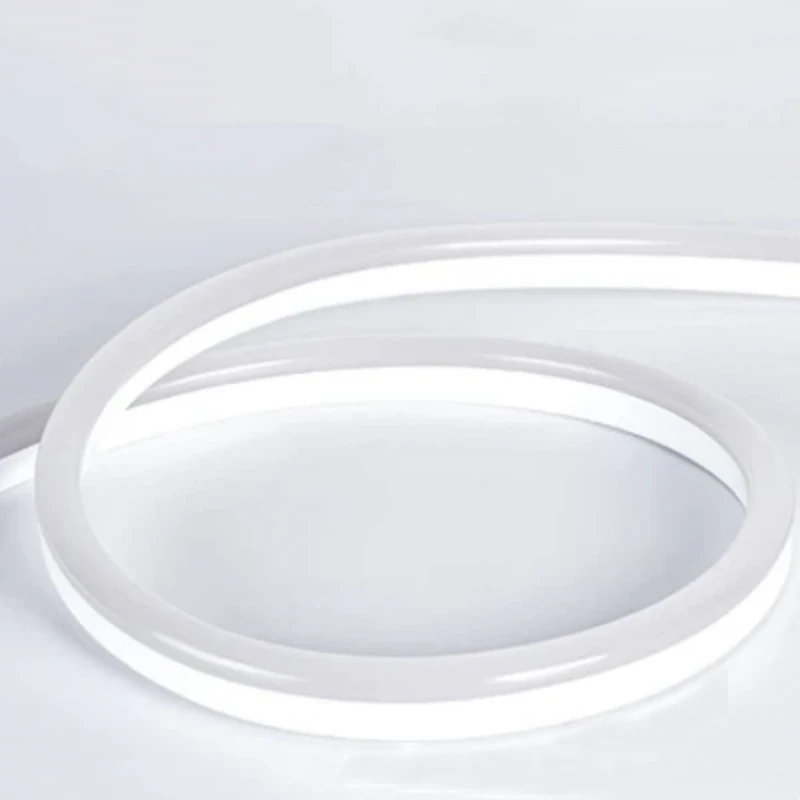
Luce al neon in PVC
Controllo del processo di estrusione
Il processo di estrusione stesso è un'altra importante fonte di variazione dimensionale. La precisione dipende fortemente dalla precisione dello stampo per estrusione, nonché dalla consistenza della temperatura, della pressione e della velocità di estrusione. Ad esempio, se le condizioni di raffreddamento sono instabili, come il raffreddamento in acqua incoerente o il flusso d'aria, il profilo potrebbe restringersi o deformarsi in modo non uniforme. Queste piccole deviazioni possono accumularsi, risultando in un prodotto finale che non rientra nel campo di tolleranza specificato.
Variabilità del lotto di produzione
Anche con lo stesso stampo e materiale, la tolleranza dimensionale può variare tra i lotti di produzione. Fattori come la calibrazione della macchina, le regolazioni dell'operatore e le condizioni ambientali come l'umidità possono influenzare sottilmente il risultato. Su grandi volumi di produzione, queste variazioni possono influire direttamente sulla compatibilità del neon LED con canali di montaggio e accessori.
Prezzo e pressione sui costi
Un altro fattore spesso trascurato è il prezzo. In mercati altamente competitivi, alcuni fornitori a basso costo possono compromettere la qualità del materiale o ridurre le fasi di produzione per ridurre i costi. L'utilizzo di silicone più economico, PVC riciclato o attrezzatura per estrusione meno precisa aumenta inevitabilmente la variazione dimensionale. Sebbene il prezzo iniziale possa essere interessante, il rischio a lungo termine di un adattamento scadente, una durata ridotta e costi di manutenzione più elevati rende tali compromessi costosi per i progetti professionali.
Intervalli di tolleranza comuni per l'estrusione al neon a LED
Standard di tolleranza del settore
Nel settore dei neon LED, la tolleranza all'estrusione è solitamente definita all'interno di un piccolo margine per garantire un adattamento affidabile e un aspetto uniforme. La maggior parte dei produttori adotta una tolleranza dimensionale compresa tra ±0,3 mm e ±1,0 mm, a seconda delle dimensioni e della forma del profilo. Sebbene non esista un unico standard globale, queste gamme sono generalmente accettate tra progetti professionali in applicazioni di architettura e segnaletica.
Differenze tra i tipi di emissioni di luce
I requisiti di tolleranza possono anche variare con diverse strutture di emissione. Il neon ad emissione frontale spesso ha un controllo più rigoroso poiché la superficie visibile influisce direttamente sull'uniformità dell'illuminazione, mentre i tipi al neon eneggianti e dall'alto consentono una tolleranza leggermente più ampia grazie alla flessibilità strutturale. I profili di copertura più grandi, come il neon a 270° o 360°, richiedono un monitoraggio più attento durante l'estrusione perché gli spostamenti dimensionali influiscono sia sulla distribuzione della luce che sulla stabilità dell'installazione.
Intervalli di tolleranza tipici per dimensione e tipo di neon
| Tipo di neon LED | Dimensioni comuni (L×H o Dia.) | Tipica tolleranza all'estrusione |
| Mini neon (magro) | 4×8 mm | ±0,3 mm |
| Mini neon ad emissione laterale | 6×12 MM | ±0,4 mm |
| standard ad emissione frontale | 8×16 mm | ±0,5 mm |
| emissione laterale standard | 10×20 mm | ±0,5 mm |
| neon dall'alto | 12×20 mm | ±0,5 mm |
| Neon a largo emissione frontale | 12×25 mm | ±0,6 mm |
| Neon rotondo a 270° | Ø16 mm | ±0,6 mm |
| Grande 270° neon | Ø20 mm | ±0,8 mm |
| Neon flessibile a 360° (piccolo) | Ø15 mm | ±0,5 mm |
| Neon flessibile a 360° (grande) | Ø25 mm | ±1,0 mm |
In che modo la tolleranza dimensionale influisce sulle applicazioni al neon
1. Sfide di installazione
Quando la tolleranza all'estrusione delle luci al neon a LED non è ben controllata, l'installazione diventa problematica. Anche lievi variazioni dimensionali possono causare un profilo troppo stretto o troppo largo all'interno di canali di alluminio o slot di montaggio. Questo spesso porta a lacune visibili, allineamento irregolare o aumento del lavoro durante l'adattamento in loco. Per progetti architettonici su larga scala, le dimensioni coerenti sono essenziali per ottenere un'installazione senza interruzioni e ridurre la rielaborazione.
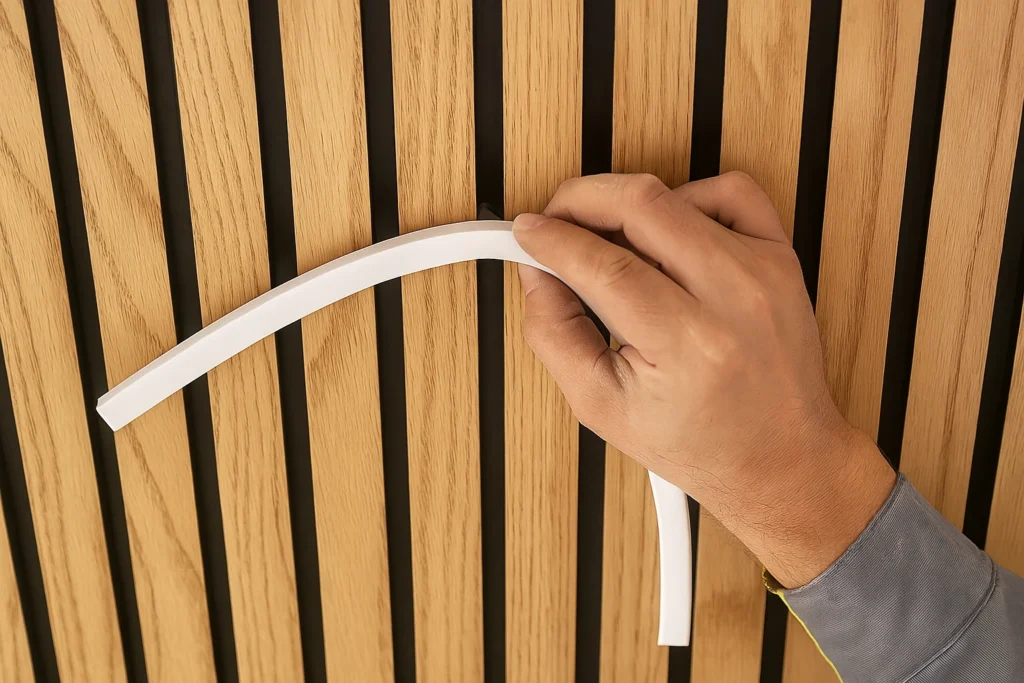
2. Impatto sull'uniformità della luce
La tolleranza all'estrusione influisce anche sull'uniformità della produzione luminosa. Le variazioni nello spessore dell'incapsulamento in silicone o in PVC possono causare una diffusione incoerente, con conseguente aree che appaiono più luminose o più deboli. Nel neon a emissione frontale, questa distribuzione irregolare della luce diventa particolarmente evidente, riducendo la qualità visiva complessiva dell'installazione.
3. Valutazione e affidabilità impermeabili
I problemi di tolleranza influenzano ulteriormente l'impermeabilizzazione e l'affidabilità a lungo termine dei prodotti al neon a LED. Se le dimensioni del profilo si discostano dall'intervallo specificato, la tenuta attorno ai tappi, ai connettori o ai giunti potrebbe non essere del tutto efficace. Ciò compromette il grado di protezione IP e aumenta il rischio di ingresso d'acqua, che può ridurre la durata del prodotto e causare guasti nelle applicazioni esterne.
Come controllare e risolvere i problemi di tolleranza nelle luci al neon a LED
1. Ottimizzazione del processo di produzione
Il primo passo per ridurre la tolleranza all'estrusione è il controllo preciso del processo di fabbricazione. Gli stampi ad alta precisione, la velocità di estrusione stabile e la corretta regolazione della temperatura svolgono tutti un ruolo fondamentale nel mantenere le dimensioni costanti. La manutenzione regolare e la calibrazione delle apparecchiature di estrusione garantiscono ulteriormente la precisione.
2 Misure di controllo qualità
Un controllo rigoroso di qualità è altrettanto importante. I produttori dovrebbero implementare il monitoraggio in linea durante l'estrusione e condurre ispezioni dimensionali finali su luci al neon a LED finite. La registrazione dei dati di tolleranza aiuta a rilevare le tendenze e impedire che i lotti difettosi raggiungano i clienti.
3. Considerazioni sulla progettazione e l'installazione del progetto
Dal punto di vista del progetto, progettisti e installatori possono ridurre al minimo i rischi consentendo margini di tolleranza nelle dimensioni degli slot, nei canali in alluminio e negli accessori. La pianificazione con le variazioni di estrusione in mente garantisce un'installazione in loco più agevole e riduce le regolazioni impreviste.
4. Scegliere un fornitore affidabile
Infine, è fondamentale selezionare un fornitore con comprovata esperienza nella tolleranza all'estrusione al neon LED. I produttori professionisti con attrezzature avanzate, certificazione e un forte sistema di qualità forniscono prodotti più stabili, dando ai proprietari dei progetti fiducia nelle prestazioni a lungo termine.

Conclusione: garantire la coerenza nei progetti al neon guidati da professionisti
La tolleranza dimensionale è un fattore inevitabile nella produzione di luci al neon a LED, ma con i giusti materiali, il rigoroso controllo dell'estrusione e la gestione professionale della qualità, può essere efficacemente ridotta al minimo. Per architetti, progettisti e appaltatori, lavorare con un fornitore affidabile è la chiave per garantire un'installazione regolare e prestazioni a lungo termine.
A SignliteLED, utilizziamo silicone fumato di alta qualità in tutta la nostra estrusione al neon, garantendo dimensioni stabili che soddisfino pienamente gli standard di tolleranza del settore. Se il tuo progetto richiede dimensioni uniche o tolleranze più strette, il nostro team può fornire soluzioni personalizzate in base alle tue specifiche esatte. Contattaci oggi per discutere le tue esigenze e proteggere luci al neon a LED di alta qualità su misura per applicazioni professionali.
